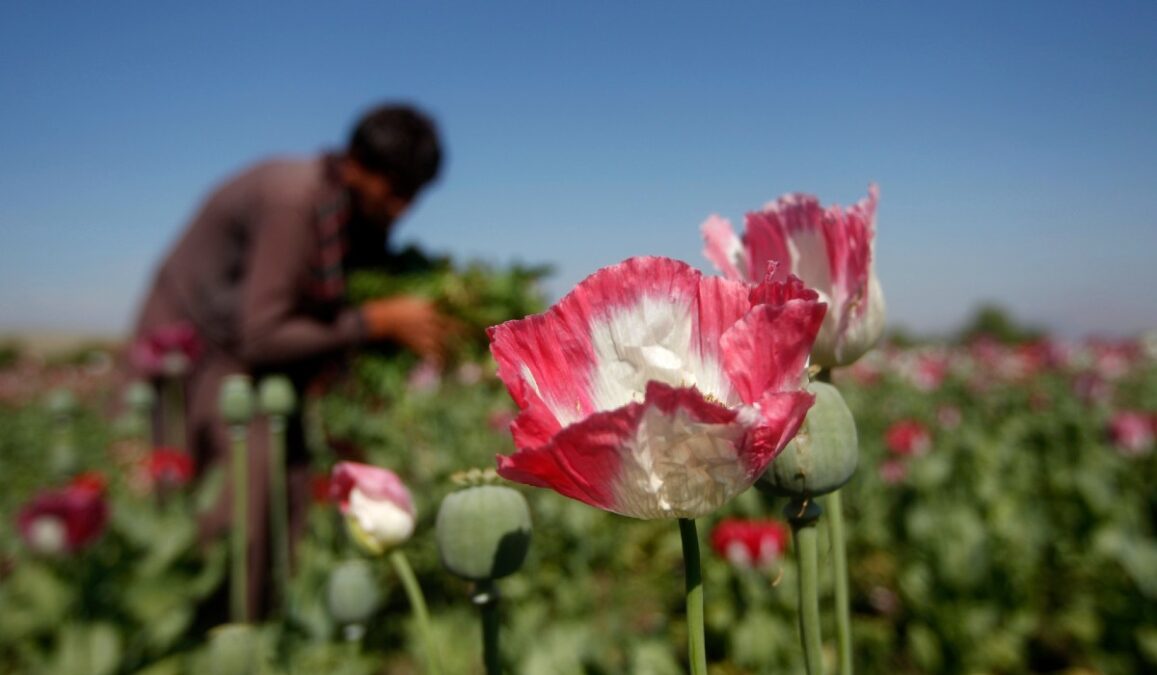Opium production in Afghanistan remained low for the second year in a row, reaching 433 tons in 2024, but the figure marks a 30 percent increase from 2023, the UN Office on Drugs and Crime said on Wednesday.
The UNODC said that opium production in Afghanistan remains 93 percent lower than 2022 levels when the Taliban began enforcing a nationwide ban on drug cultivation.
The UNODC report, released on Nov. 6, highlighted a modest 19 percent increase in opium cultivation over the past year, with fields expanding to 12,800 hectares in 2024. Despite this uptick, cultivation remains well below pre-ban levels, reflecting the ongoing impact of the prohibition.
The estimated value of this year’s opium harvest stands at $260 million, an increase of 130 percent from last year but still 80 percent lower than its 2022 valuation.
“A second year of low opium cultivation and production presents both opportunities and challenges,” said Ghada Waly, Executive Director of UNODC. “International efforts must be coordinated to prevent this decline from being replaced by the production of synthetic drugs, such as methamphetamine, within Afghanistan or the wider region. At the same time, we need to support rural communities dependent on poppy cultivation by investing in sustainable, economically viable alternatives.”
UNODC said in its press release that farmers have increasingly turned to alternative crops such as cereals and cotton, the report noted, planting on previously fallow land. However, the stark economic disparity remains: opium can generate up to 60 times the revenue of wheat. Without profitable legal options, economic hardship could drive some farmers back to poppy cultivation.
The geographic center of Afghanistan’s opium production has also shifted, with two-thirds of the output now concentrated in northeastern provinces, rather than the southwest, according to the report.
A parallel rise in synthetic drugs
UNODC also collaborated with the United Nations Development Program (UNDP) to release a survey assessing Afghanistan’s resources for treating substance use disorders.
The survey found treatment services available in 32 of the country’s 34 provinces, though significant gaps in access remain, particularly for women. Gender disparities in treatment availability and geographic inequities in service distribution leave many Afghans without adequate care.
Opiates remain the most commonly reported substances among patients seeking treatment. However, the report noted a rising demand for services to address stimulant addiction, particularly as methamphetamine becomes increasingly available across Afghanistan, UNODC said.
The findings underscore the urgency of addressing both the economic and social challenges tied to drug cultivation and use, even as the country navigates the consequences of the opium ban.





